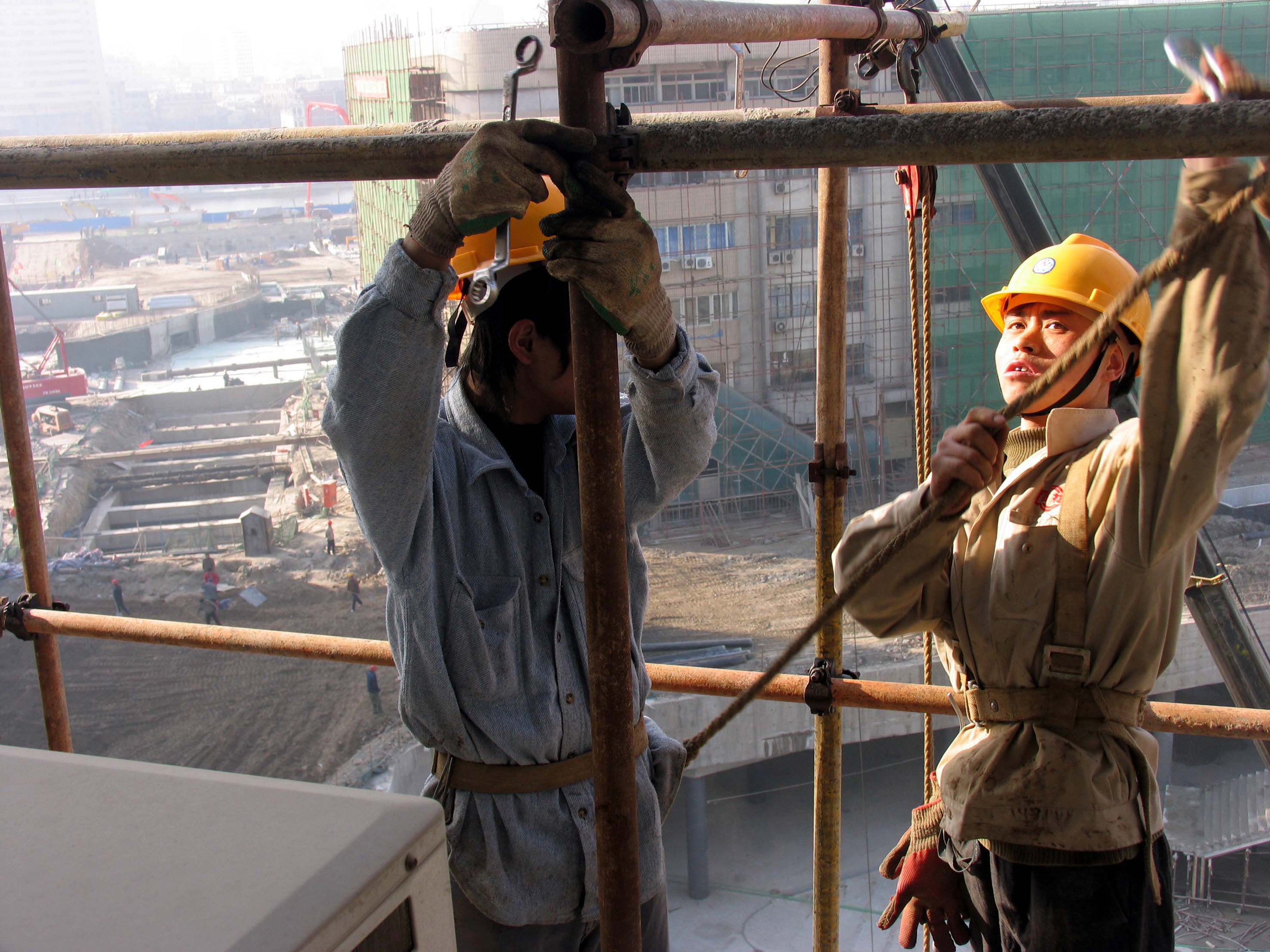Also available in: Español

We are developing Macro Simulation Models to estimate how investments and interventions may generate jobs. Following the Jobs Study conducted by the International Finance Corporation (IFC), the World Bank Group’s private sector arm, the Let’s Work Partnership was established to develop, refine, and apply tools to estimate direct, indirect, and induced job effects. Macro models are one of these tools.
With these models, we aim to better track the ripple of jobs generated throughout the economy from investments and interventions. The starting point is an investment in a sector. The direct jobs effects from this type of investment are relatively straightforward. The interesting part comes from the ability to simulate what happens to indirect job generation in supply chains and distribution networks—sectors affected by the initial ripple, as well as to the induced effects from changes in wealth and consumption triggered by direct and indirect job impacts. In addition to total direct, indirect, and induced job impact estimates, some macro models can provide a richer characterization of jobs (by skill, education level, location or gender, among others) and analyze the impact on jobs under diverse economic conditions, policy changes, technological change, and external shocks. They may also provide the ability to simulate the dynamics of job creation and destruction over time.
Macro-based studies cover a variety of methods, industry sectors, and country contexts. These models can be categorized into three groups, including:[1]
-
Input-Output (IO) and Social Accounting Matrix (SAM) used infrastructure and natural resource models;
-
SAM based multi-sector models; and
-
Structural models, including a computable general equilibrium model (CGE), and a dynamic macroeconomic model.
The IFC is leading the Partnership’s efforts to develop IO/SAM models to estimate jobs impacts for investments made in infrastructure or in natural resource sectors. Tracking the jobs impact of investments in these sectors is tricky because of the large externalities (ripple effects) generated. To make sure that they capture these ripple effects, these models require two steps. In the first step, the impact of improving, say, ports is assessed for sectors most directly affected—sectors that are heavy port users, for example. In these sectors, improvements in infrastructure may lead to lower costs in transport, reduced delays, and higher trade flows. The second step turns to the IO/SAM model again to calculate how these reduced costs, delays, and increase trade impact the economy overall. This completes the circle and all jobs effects are captured in the model.
The International Labor Organization (ILO) is leading the Partnership’s efforts to develop SAM-based multi-sector models. A SAM-based employment projection model is being used to see what happens to job creation when investments are made in Zambian green industries. This model uses the same two-step approach to estimate indirect and induced jobs explained above, but it is adapted to track the ripple effects of investments in a variety of sectors in the economy—not just infrastructure and natural resource sectors.
Structural models are being developed by the World Bank and IFC and being directly applied in projects to test them out. The aim of the World Bank CGE model for the West Bank and Gaza is to provide an estimate of job creation from a private sector investment in solar power. While the IFC dynamic model for Ethiopia will be used to estimate jobs impacts over time across different sectors. Structural models can fully incorporate changes in prices, technology, and trade. Most importantly, with a rich enough data set, even changes in consumer behavior can be modeled and this allows us to more fully capture the induced effects on jobs from investments. In the case of the West Bank and Gaza, this work will also provide key estimates on jobs for a larger World Bank Group initiative in the country – the Finance for Jobs project. For Ethiopia, the dynamic structural model tracks employment by types (including informality) and can simulate macro-economic effects over time. Through this dynamic model, we are also able to estimate private sector investments that help achieve World Bank Group's twin goals of ending poverty and boosting shared prosperity.
Progress in these studies varies from case to case, but the lessons learned are clear. First and foremost, a minimum set of data is needed. For sector-focused projects, we faced challenges in finding complete data that was even five to six years old. Second, sector-specific macro modeling requires sector-specific experts. Nothing beats the expertise of someone who has seen so many of these models for their sector that they can add some sanity to the modeling process. Third, results from the models in one context are not always applicable in another: just because the model for Brazil’s port sector worked marvelously, this does not mean that it will work unchanged for India.
We are learning and expect to learn a lot more about simulating job growth through macro models. Stay tuned in the coming months for further updates, key findings, and insights from some of these studies.
[1] IO/SAM models assume that the production structure, technology and prices remain fixed; while structural models allow to relax these assumptions and introduce some dynamics in the economy. Dynamics come at the cost of higher requirements in terms of better data and the need for more parameters in the model.] This post is part of a series of blogs covering the three methodologies being developed by Let’s Work to estimate direct, indirect, and induced effects of private sector interventions on jobs, accounting for both the quantity and quality of jobs. Related blogs in this series can be found here, here, and here.
This work has been made possible through a grant from the World Bank’s Jobs Umbrella Trust Fund, which is supported by the Department for International Development/UK AID, the governments of Norway and Germany, the Austrian Development Agency, and Swedish Development Agency SIDA.
Current partners of Let’s Work include:
-
European Investment Bank (EIB)
-
15 European development finance institutions (CDC, DEG, etc.)
-
Islamic Corporation for the Development of the Private Sector (ICD)
-
World Bank (WB)
Follow the World Bank Jobs Group on Twitter @wbg_jobs.


Join the Conversation